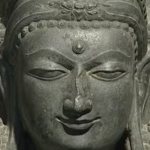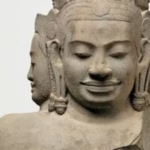Ancient Chinese Sculpture is a profound reflection of a rich civilization steeped in history, culture, and spirituality. It represents not just the aesthetic beauty of stone, wood, and clay but also embodies the beliefs, traditions, and aspirations of a people over several millennia. Through intricate carvings and masterful craftsmanship, ancient artisans have told stories that transcend time, inviting us into their world and offering insights into their way of life.
The Historical Context of Ancient Chinese Sculpture
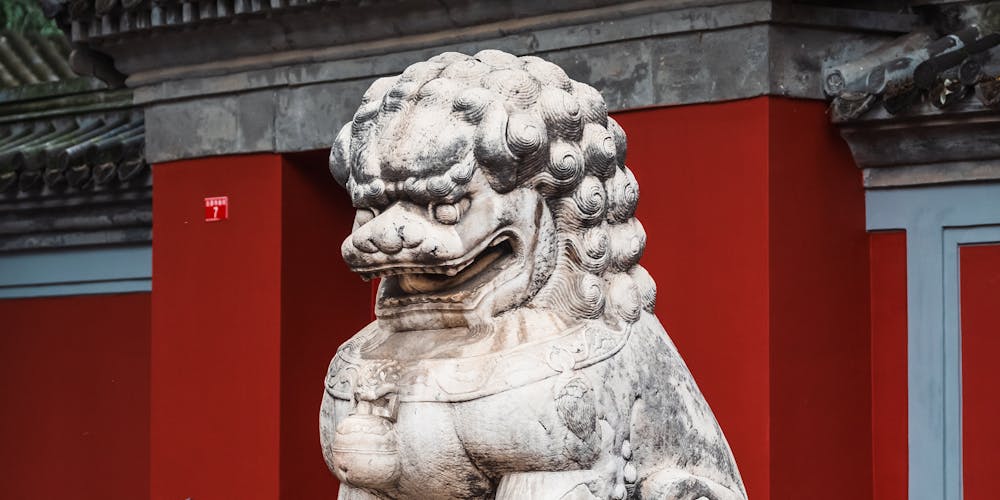
The history of ancient Chinese sculpture is woven intricately with the fabric of China’s dynastic movements, cultural exchanges, and philosophical developments. Understanding this context serves to enrich our appreciation of the art form.
The Early Dynasties and Their Influence
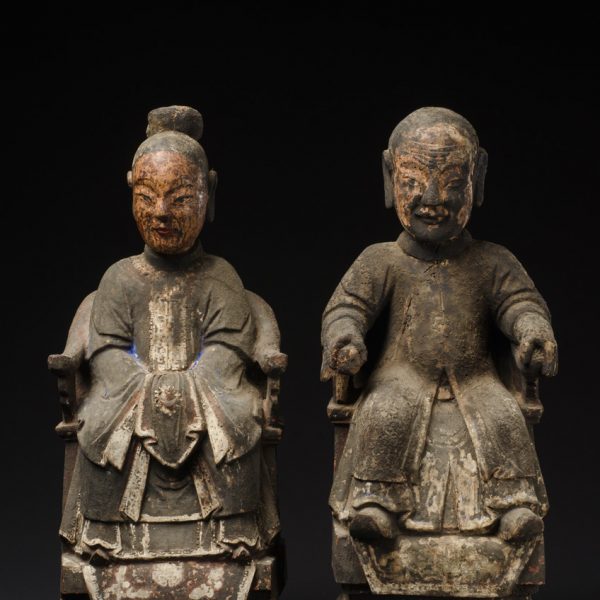
The roots of Ancient Chinese Sculpture can be traced back to the Neolithic period. During this time, rudimentary figurines and ceramics began to emerge, often used for ritualistic purposes.
These early sculptures were primarily functional, serving as grave goods or objects of worship. They were usually made from clay, with designs that hinted at the spiritual beliefs of the time. The shapes and forms were simple yet spoke volumes about the lives and practices of the communities that created them.
As Chinese civilization transitioned into the Bronze Age and the Xia, Shang, and Zhou dynasties, the complexity of sculpture evolved. This was an era marked by advancements in metallurgy, which enabled sculptors to create more durable and detailed works. The introduction of bronze allowed for the production of intricate ritual vessels, many adorned with symbolic motifs reflecting cosmological beliefs.
The Flourishing Periods: Han to Tang Dynasties

The Han Dynasty is particularly notable for its contributions to sculpture, characterized by tomb figures known as “mingqi.” These sculptures were crafted to accompany the deceased into the afterlife, highlighting the belief in an existence beyond death.
Artisans during this period demonstrated remarkable skill in capturing human expressions and clothing details. As society became increasingly hierarchical and stratified, the portrayal of gods, emperors, and mythical creatures became prominent.
Moving into the Tang Dynasty, we encounter a golden age of cultural exchange along the Silk Road. Sculptures from this era reflect a fusion of influences, incorporating elements from Central Asia and beyond. The Buddhist influence is especially significant, with statues of Buddha and bodhisattvas rising in prominence within temples. These works are celebrated for their grace, flowing robes, and serene expressions, symbolizing an era where spirituality and artistic innovation thrived.
The Role of Religion in Shaping Sculpture
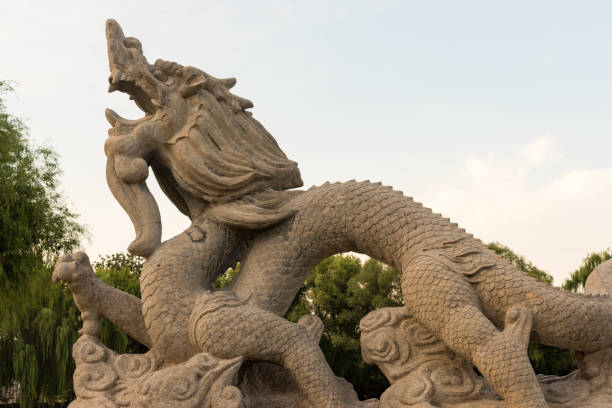
Religion has played an essential role in shaping Ancient Chinese Sculpture throughout history. Whether through Buddhism, Daoism, or Confucianism, each belief system influenced the themes, subjects, and styles of sculptural works.
In Buddhist art, the representation of divinity often aimed to inspire devotion and contemplation among followers. Statues of the Buddha were crafted to convey peace and enlightenment, encouraging individuals to seek a deeper understanding of existence.
Moreover, the symbolism embedded in these works often served multiple purposes, functioning as both art and a means of educating the populace about spiritual ideals and moral teachings. Temples adorned with sculptures became sanctuaries of learning, blending aesthetics with religious practice.
Techniques and Materials in Ancient Chinese Sculpture
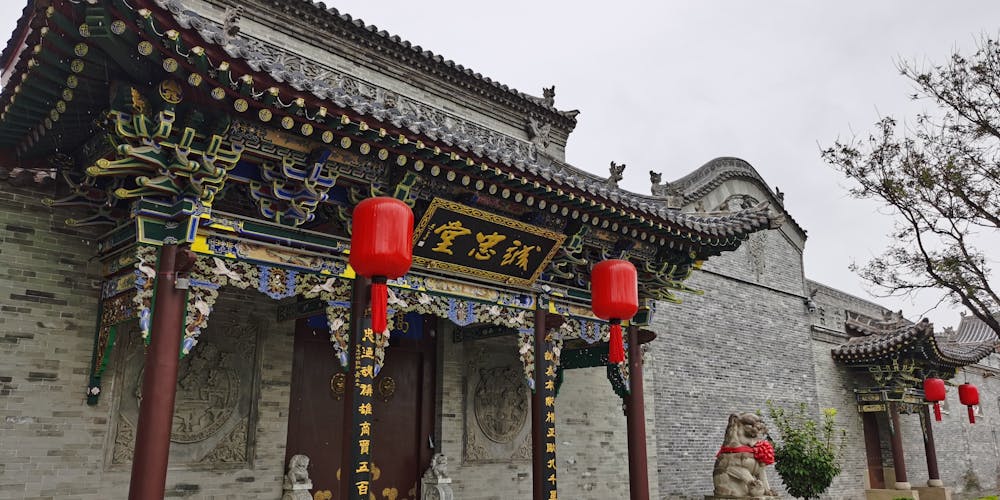
The techniques and materials employed in Ancient Chinese Sculpture are fundamental to understanding its unique character and charm. Each material carries its own significance, while the methods reflect the innovation and creativity of ancient artisans.
The Craftsman’s Touch: Tools and Techniques

Craftsmanship in ancient China was deeply respected, and sculptors aspired to achieve perfection in their work. The tools available during different dynasties varied, yet the underlying principles remained consistent.
Carving tools made from metal were commonly used to shape stone and wood. Techniques such as chiseling and polishing allowed for the fine detailing that characterizes much of ancient sculpture. For instance, the use of soft stones like limestone made it easier for artists to create elaborate designs.
Over time, techniques improved, leading to the development of new styles. For example, the introduction of wax modeling in certain periods allowed sculptors to create lifelike representations. The interplay between traditional methods and innovative approaches gave rise to diverse schools of thought within sculpture.
Material Matters: Stone, Wood, and Clay
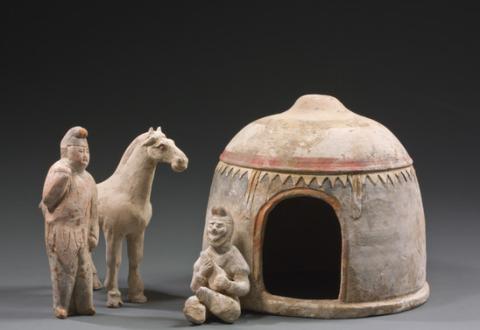
The choice of material significantly affected the form and function of sculptures in ancient China. Stone, particularly marble and granite, was favored for its durability, making it suitable for monumental works intended to last for centuries.
Wood was another popular medium, prized for its malleability and warmth. Wooden sculptures often depicted deities and ancestors, emphasizing a connection between the living and the spiritual realm. The grain of the wood itself added texture and individuality to each piece, making them uniquely beautiful.
Clay, on the other hand, provided sculptors with versatility and ease of manipulation. Terracotta figures, like those found in the tomb of Emperor Qin Shi Huang, showcase the capacity of clay to portray detailed expressions and dynamic poses. The “Terracotta Army,” consisting of thousands of life-sized soldiers, stands testament to the ingenuity of ancient artisans and their desire for immortality.
Cultural Symbolism in Material Choices
Understanding the cultural implications behind material choices adds depth to our appreciation of Ancient Chinese Sculpture. Many materials carried specific connotations that reflected societal values and beliefs.
For instance, jade was revered in ancient China not only for its beauty but also for its associations with purity and virtue. Sculptures and ornaments made from jade were often placed in tombs as symbols of protection and status.
Moreover, the process of sculpting itself was imbued with meaning. The act of carving stone or shaping clay was seen as a spiritual endeavor, a way to channel divine inspiration and connect with the cosmos. This perspective elevated the role of the artist from mere craftsman to spiritual intermediary.
Iconography and Themes in Ancient Chinese Sculpture
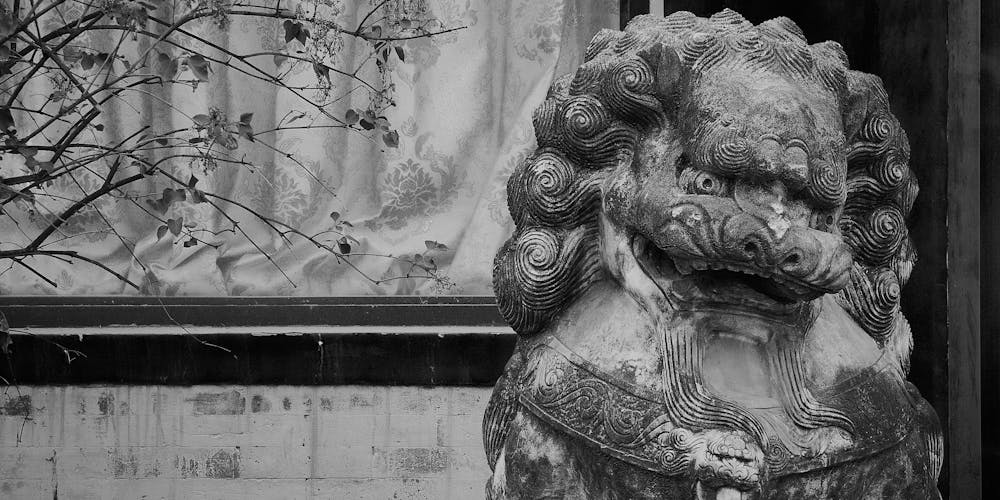
The iconography present in Ancient Chinese Sculpture reveals the prevailing beliefs, values, and narratives of the time. Each statue, relief, and bas-relief served a distinct purpose, whether to honor the divine, commemorate historical figures, or depict everyday life.
Deities and Mythical Creatures
Sculptures of deities played a significant role in ancient Chinese art, showcasing the reverence for spiritual beings. Figures such as Guanyin, the Goddess of Mercy, were often represented with compassion and grace, embodying virtues that followers aspired to emulate.
Mythical creatures, including dragons and phoenixes, were central to Chinese mythology and served as symbols of power and auspiciousness. The dragon, often depicted in dynamic poses, was associated with imperial authority, while the phoenix symbolized harmony and rebirth.
These representations went beyond mere decoration; they served as reminders of the forces that shape human existence, reflecting the interconnectedness of the natural and supernatural realms.
Historical Figures and Their Representation
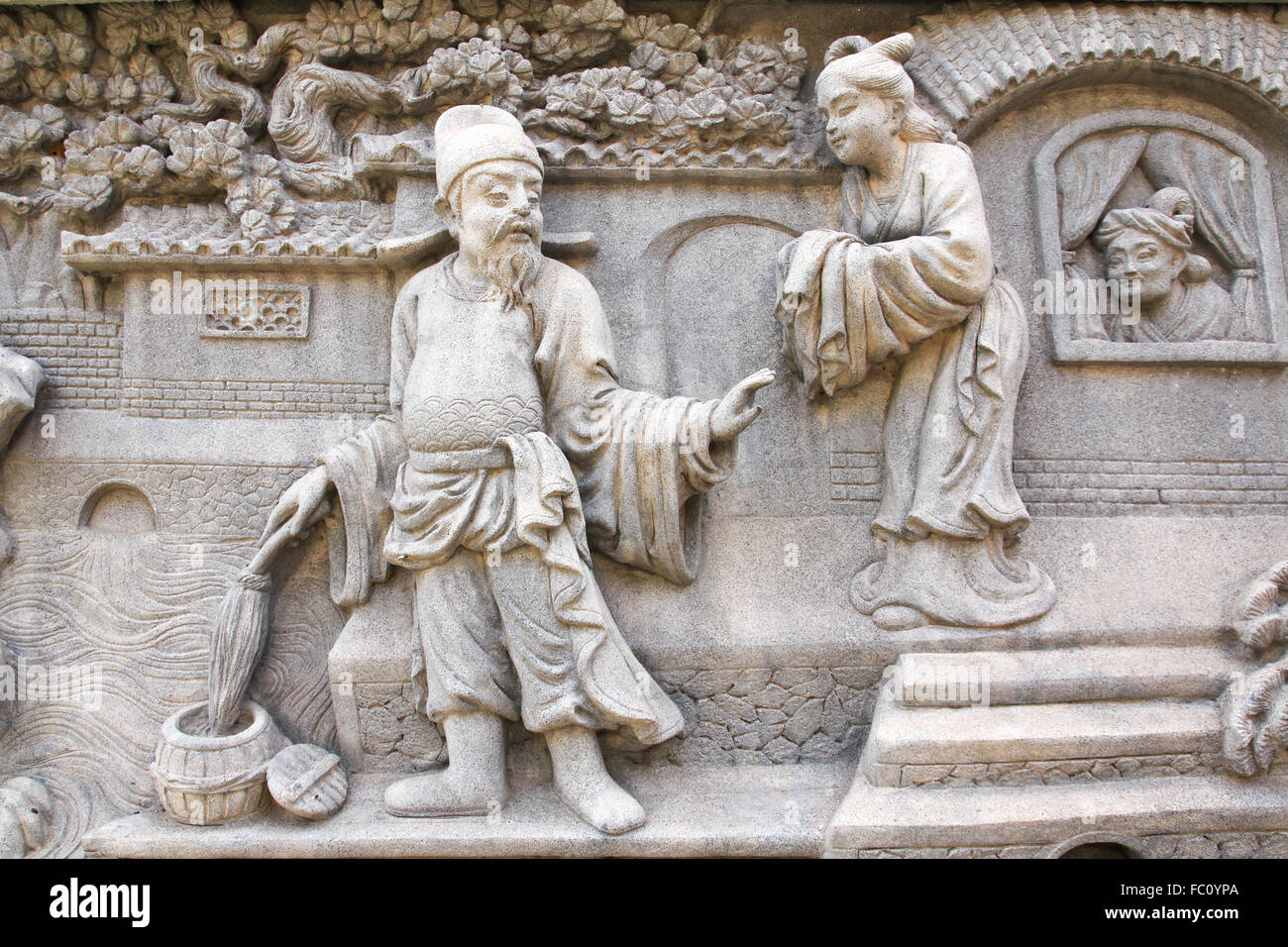
Numerous sculptures have been created to immortalize historical figures who left indelible marks on Chinese history. Emperors, generals, and philosophers have all been subjects of sculptural works, conveying their importance and legacy.
Statues of Confucius, for instance, embody not just his likeness but also the teachings he imparted regarding morality and social harmony. These sculptures often emphasize the dignified posture and serene expression typical of the sage, serving as a visual narrative of his enduring wisdom.
Additionally, sculptures commemorating key moments in battle or achievements in governance reflect the pride and identity of the society that produced them. Such works act as tangible connections to the past, allowing future generations to engage with their heritage.
Everyday Life and Societal Reflections
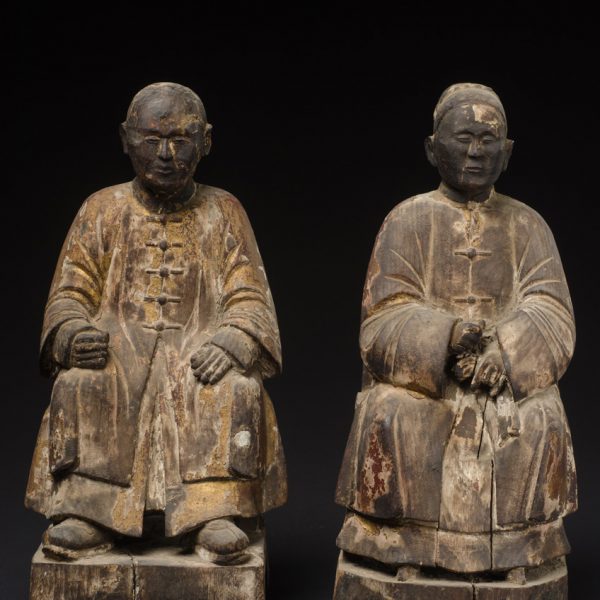
While deities and historical figures dominate ancient Chinese sculpture, many works depict scenes of daily life. These sculptures offer insights into the customs, attire, and activities of various social classes, creating a rich tapestry of historical narratives.
From intricate carvings of agricultural practices to lively market scenes, these works provide glimpses into the rhythms of ancient life. The attention to detail—facial expressions, clothing styles, and postures—reveals not only the skill of the artisans but also their keen observations of human behavior.
Furthermore, these everyday themes underscore the notion that art is not merely a reflection of the elite but encompasses the experiences of all members of society. By portraying the mundane alongside the divine, ancient sculpture reveals the fullness of human existence.
Legacy and Influence of Ancient Chinese Sculpture
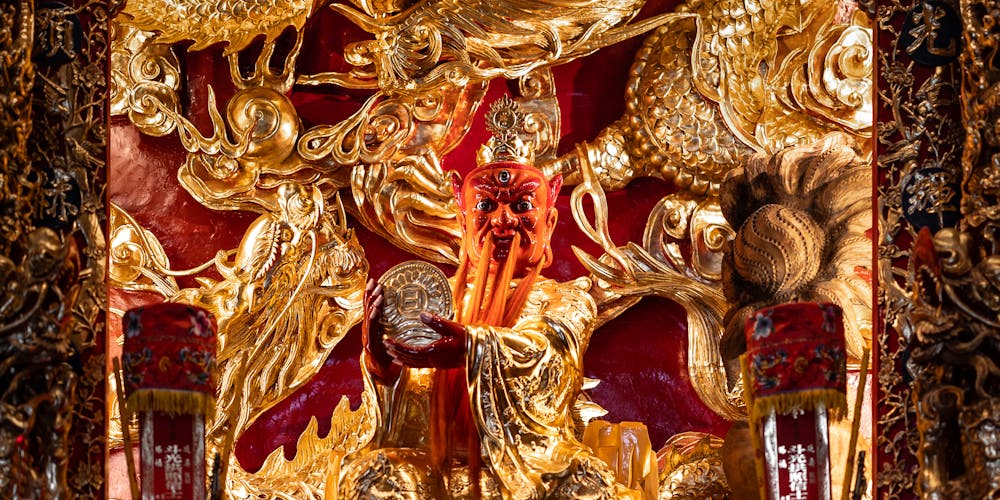
The impact of Ancient Chinese Sculpture extends far beyond its time, influencing subsequent generations of artists and shaping modern perceptions of Chinese culture.
The Transmission of Skills and Ideas

The principles and techniques developed by ancient sculptors have continued to inform contemporary practices. As artists in modern China seek to bridge the gap between tradition and innovation, they draw upon the foundations laid by their predecessors.
Workshops and educational programs dedicated to preserving traditional sculptural techniques have emerged, allowing artisans to pass down their skills. This commitment to nurturing talent ensures that the rich heritage of ancient sculpture endures, providing new interpretations and expressions relevant to today’s society.
Modern Interpretations of Ancient Aesthetics

Contemporary artists often revisit traditional themes and aesthetics, employing them in innovative ways. The fusion of ancient motifs with modern techniques results in a vibrant dialogue between past and present, showcasing the adaptability of Ancient Chinese Sculpture.
Many artists experiment with materials and forms, reimagining historical subjects in contemporary contexts. This creative reinterpretation fosters a deeper understanding of cultural heritage while inviting audiences to engage with the artistry anew.
Cultural Heritage and Preservation Efforts
Preserving ancient sculptures and artifacts has become a priority in China, with efforts focused on maintaining sites of historical significance. Museums and cultural institutions are dedicated to conserving these treasures, ensuring that they remain accessible for future generations.
Restoration projects have also gained momentum, breathing new life into damaged or weathered sculptures. Through careful techniques, artisans work to revive the original splendor of these works, allowing their stories to resonate with modern audiences.
Conclusion
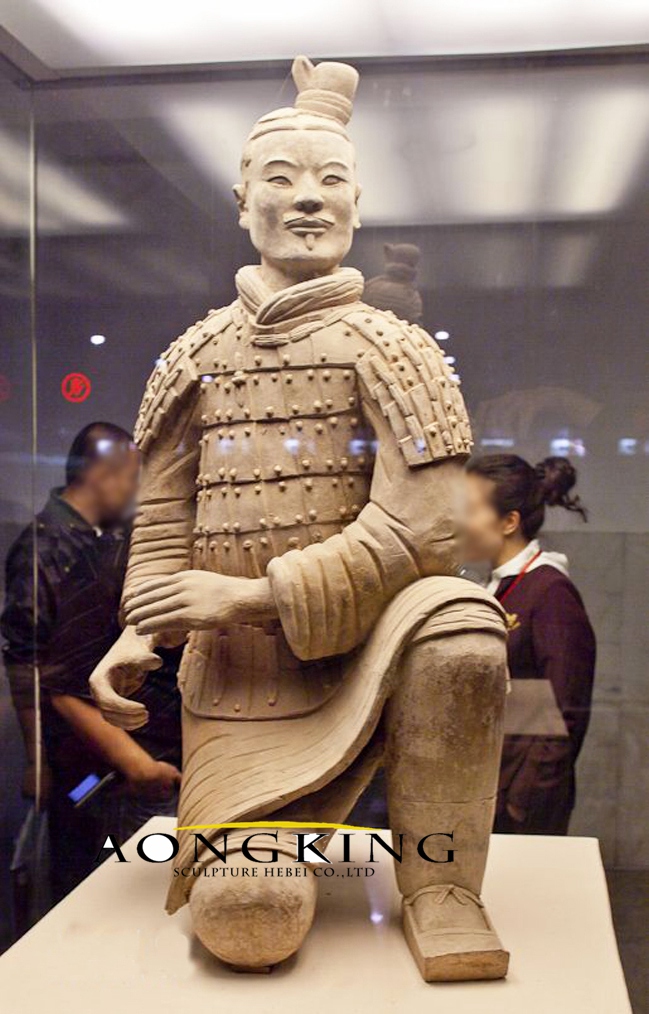
The exploration of Ancient Chinese Sculpture unveils a captivating narrative of human creativity, spirituality, and cultural evolution. From the earliest figurines to the monumental works of later dynasties, each piece serves as a testament to the intricate web of beliefs, practices, and aspirations that define Chinese civilization.
As we reflect on this remarkable art form, we acknowledge its significance not only in the realm of aesthetics but also in the broader context of history and identity. The legacy of ancient sculptors continues to inspire artists today, bridging the gap between past and present while fostering a deeper appreciation for the richness of cultural heritage.
✉️ Stay Connected — Subscribe for Weekly Updates
Discover timeless stories, practical wisdom, and beautiful culture — delivered straight to your inbox.
*We only share valuable insights — no spam, ever.





